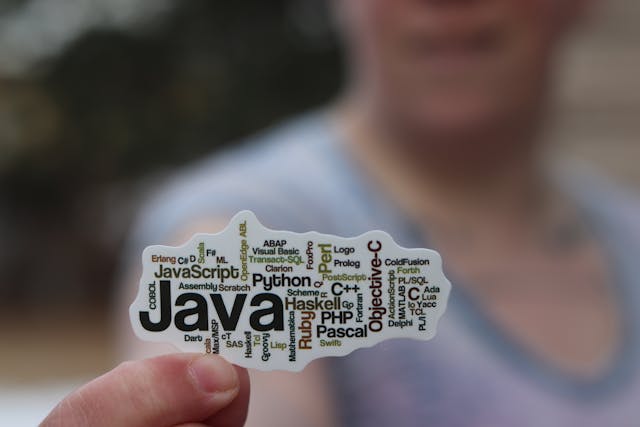Shiny R Based Interactive for Large Scale Web Development
R is a strong data analytics programming language with a plethora of interesting tools. Shiny is one of R’s essential packages. Many R developers around the globe are using the Shiny framework to create web-based data analytics reports and applications. R shiny has many advantages that make it unique for large-scale web development. But why is this R shiny special? Let’s discuss that in this blog. The R Certification will lead you to the path to becoming a successful R developer.
Table of Contents
What is Shiny R?
Shiny is an R tool that allows you to create websites and web applications directly from R. With this framework, you can run web apps on a website, integrate applications in R Markdown documents, or create dashboards using R Markdown. You may also add CSS backgrounds, HTML widgets, and JavaScript functions to your Shiny applications.
In simple terms, this implies that anyone with a basic understanding of R may begin to develop web-based apps. It will be as easy as showing images and tables, or it could be as complex as completely active dashboards. The most significant aspect is that it’s completely done in R, with no need for web developers to become engaged.
What Can Shiny R Do?
Once we’ve developed the Shiny application, it becomes an interface to R. This means if we allow it, it can do whatever R can. So you can make Shiny apps that perform everything from simple tasks such as adding two numbers to major tasks such as fitting complicated models over big data sets and simulating a range of outcomes.
There are many use cases where shiny saves the day such as Sharing insightful information, Prototyping, Day to day tasks, large-scale web development, Data analytics, and many more. Interested in learning more about data analytics? Check this Data Analytics Tutorial.
Out of its many use cases, R shiny is more popular for large-scale web development. Shiny’s major feature is that it generates web apps that can be deployed regionally and can be shared as a URL just like every other web page. Also, there are a variety of tools available to help you achieve this quickly such as R studio.
How to Build a Shiny app?
The following are the steps you need to follow to build an R shiny application.
Step 1: Defining the Server function and User Interface
To begin with the shiny app, you need to define the function of the server and UI first. Here, we use the fluidPage() function to generate the layout of the default app’s user interface. Shiny offers the privilege to choose whatever layout we like.
Step 2: Creating Objects
In this step, you create the objects on the server. This means you create texts, tables, plots on the server. You use server functions like renderText() and renderPlot()
Step 3: Displaying the Objects
We link the user interface with the server to display this content. You may produce meaningful output using UI functions textOutput() and plotOutput().
Step 4: Connecting the Widget
Each of our widgets has a unique ID that the server will monitor and respond to. So we need to create and connect the widget to outputs. We need to insert a widget function in sidebarPanel or mainPanel in the UI object to add a widget to the app. And we use the input$inputID function to connect both the outputs and the server using the widget.
Step 5: Reactive Expression
Shiny also assists us in gathering the updated outputs when any input changes occur. With reactive({}) function, you can create a reactive expression.
Step 6: Share Shiny R App
Shiny files can be easily shared and retrieved using runUrl, runGitHub, and runGist. Also, Anyone with a copy of R, Shiny, and a copy of your app’s files will be able to run it.
Benefits of Using R Shiny
Now, Let’s see some advantages of R shiny
- Shiny R is quite easy to use. If you have knowledge of R programming then it is much easier.
- It offers access to R packages that may be used to do data analyses and generate meaningful visualizations.
- Shiny allows for significant connectivity between the server and the user interface (User Interface).
- The sharing feature of R shiny makes it easy to share the app or to work together.
- R shiny offers in-built templates which help in the development of attractive web apps in a short period of time
Limitations of R Shiny
These are some limitations of R shiny which you must know.
- The reactive programming feature of R shiny requires proficiency and experience. It will be difficult to grasp and apply for freshers.
- In shiny R, Some of the UI is written in Javascript while others are written in R. So it is difficult to comprehend.
- If you wish to use page addresses or deep links, you may find it difficult to do so with Shiny.
- Because the app’s capabilities become obsolete with newer package versions, it’s important to upgrade the app on a regular basis Which might consume your time.
- There are no options for restricting or selectively granting access to the app. Once an app is out on the web, anybody may access it, which may be a drawback for some.









